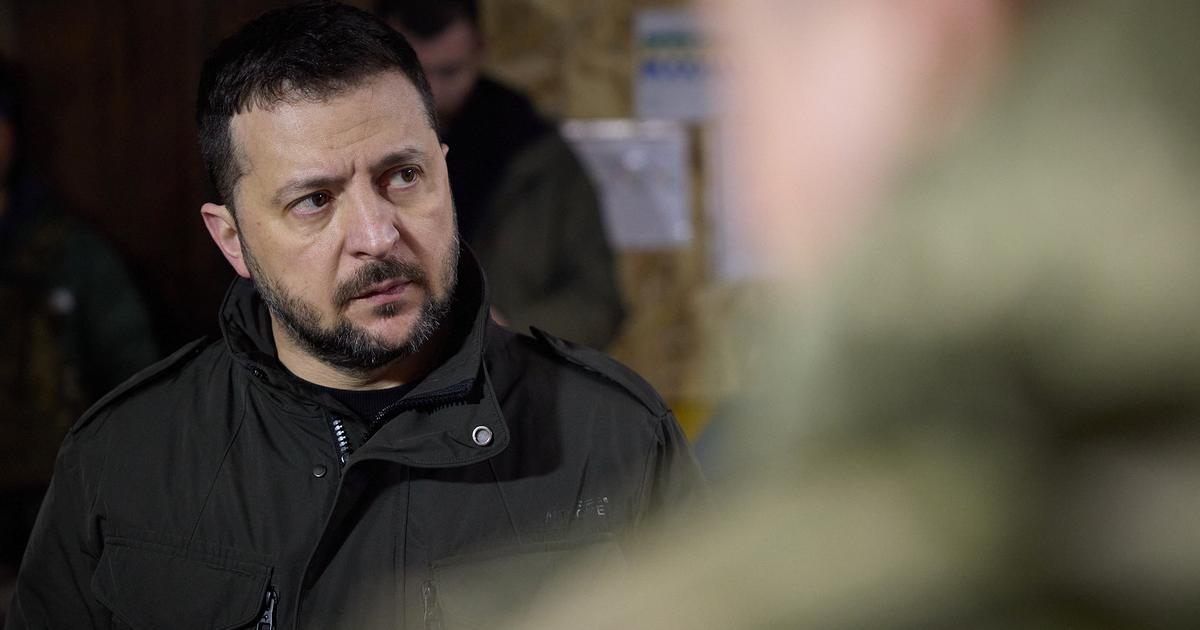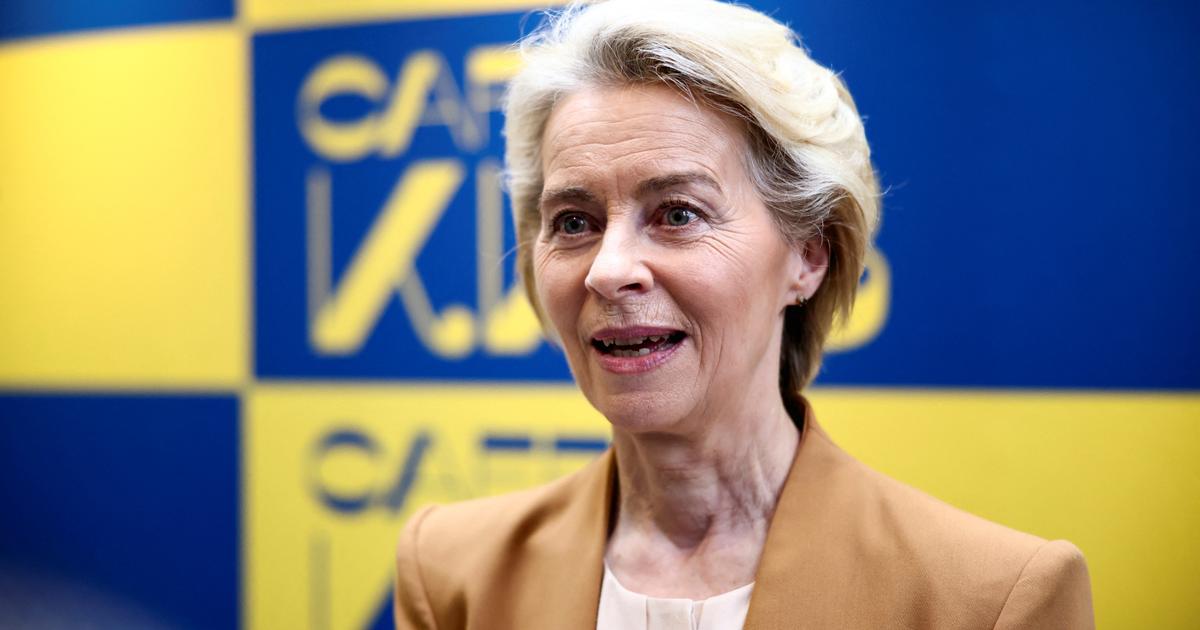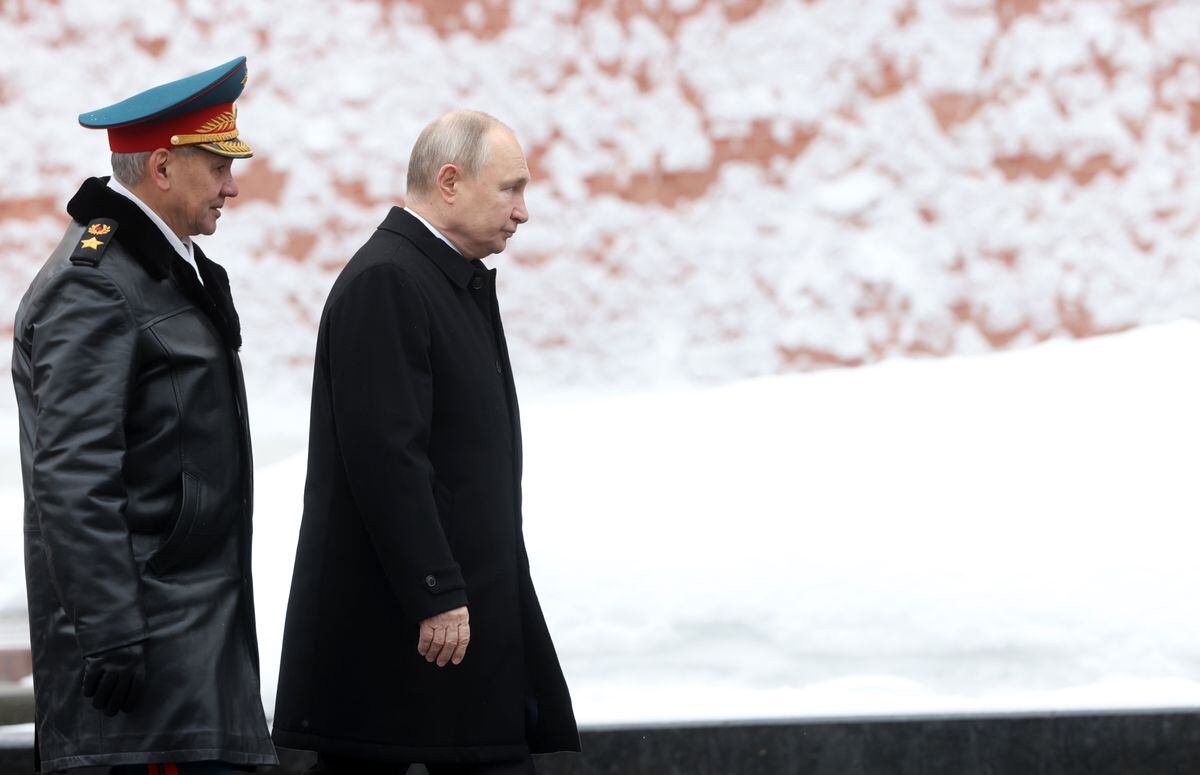For example, Volodymyr Vavilov.
His miracle vehicle looks like a cross between a spaceship Enterprise, a fantasy alien and a carnival float.
In 2015, the carpenter and hobbyist started to create his dream vehicle.
He mounted eight exhaust pipes, installed 2,000 light bulbs and several televisions.
Wawilow put a lot of money into this car.
His motto: »Don't listen to the others.
Once you've decided on something, you should do it."
Then came the war.
Soon after the Russian invasion began, rockets fell in the small town of Makariv, Vavilov's hometown, 60 kilometers east of Kyiv.
The carpenter survived.
He no longer builds miracle cars, but houses on wheels.
Volodymyr Vavilov is one of many people portrayed by the »Ukraïner« project team.
The multimedia magazine (www.ukrainer.net ) has set itself the task of finding all the cultural and historical treasures, scenic features, customs and traditions in Ukraine, the oddities and weird types.
"Our country has so much more to offer than war and suffering," says Bogdan Logvynenko, 34, co-founder of "Ukraïner," in a video interview.
Since the beginning of the war, the whole world has associated Zaporizhia with the nuclear power plant, with bombs, destruction and fear - "but very few people know that Zaporizhia was the cradle of Ukrainian democracy".
Because there, on the island of Chortitsa in the river Dnieper, the Zaporozhian Cossacks once settled.
The legendary fighters had fled serfdom in Eastern Europe and Russia.
Free, rebellious men who lived together under democratic rules and threw to hell anyone who tried to subjugate them.
According to legend, the Zaporozhian Cossacks insulted the sultan in 1676 in a letter as "pig's mouth, mare's ass, butcher's dog" (to name only the adult terms).
In the Ukrainian historical narrative, the mythical horsemen from the steppe stand for the longing for freedom and independence, for courage, uncompromisingness and self-determination.
"We got our fighting spirit from them, like them we are passionate about democracy," says Logvynenko, a writer and journalist.
Love jump over the flames
Cossacks, geldings, Hutsuls, Tartars: The »Ukraïner« project tells of numerous historical ethnic groups that lived and still live in the area of today's Ukraine.
But also of old traditions such as Ivan Kupala Day, the celebration of the summer solstice.
If couples manage to jump over the fire together three times that night, they get married in the same year - so the tradition goes.
"We want to bring our country closer to the world," says Logvynenko.
For far too long, Russia has dominated official historiography and spread its version of things internationally.
It is overdue for the Ukrainians to finally take this task into their own hands.
Logvynenko had already moved far from his homeland.
Frustrated that his compatriots elected Viktor Yanukovych as President of Ukraine in 2010, he went to Asia.
He has traveled to dozens of countries, lived in Indonesia and Malaysia and only returned to Ukraine after the 2014 Maidan revolution.
Enlarge image
Initiator of the project: Bogdan Logvynenko from Kyiv
Photo: private
In June 2016, Logvynenko and a few like-minded people fanned out for the »Ukraïner« project for the first time.
The team has now grown to 30 employees and 700 volunteers, and around 1.5 million people follow »Ukraïner« on social media.
Several books have been published in the analogue world, with the most recent illustrated book »Ukraine – our homeland without war« being the first to be published in German.
All profits from the sale go to the charity UkraineNow.
The »Ukraïner« makers portrayed all 16 historical regions of the country, from Severia in the north to Bessarabia in the south and Naddnipryanshchyna in the centre.
advertisement
Ukrainian.net
Ukraine – Our homeland without war
Publisher: Frederking & Thaler
Number of pages: 224
Publisher: Frederking & Thaler
Number of pages: 224
Buy for €39.99
price inquiry time
07.12.2022 11.50 a.m
No guarantee
Order from Amazon
Order from Thalia
Order from Yourbook
Product reviews are purely editorial and independent.
Via the so-called affiliate links above, we usually receive a commission from the retailer when you make a purchase.
More information here
In the Carpathians they met them
Carolers of Kryvorivnya.
In Polesia they met Tetiana and Jurij Starynski, two of the last surviving forest beekeepers, as the centuries-old collectors of wild bee honey are called.
The "Ukraïner" employees photographed the abandoned "Pamir" military radar station on the Romanian border and trudged up the Hoverla, as the country's highest mountain at 2,061 meters is called.
They also visited the Samosely - that's what the returnees to the restricted area around the Chernobyl nuclear power plant, which was damaged in 1986, are called.
People whose homesickness was greater than their fear of radiation.
Today they are all very old and fewer and fewer.
'How many are there?
Seven souls, or just five,” said Hanna Zavorotna, an old lady from the village of Kupatowe, in conversation with the “Ukraïner” employees.
“One doesn't want to come, the other is ill, the third can only limp.
At least the graves should be kept clean.”
With the Russian invasion on February 24, 2022, the work of the team changed abruptly.
“We feel like we're running out of time.
We must hurry to portray the beauties of this country before it's too late,” says Logvynenko.
On the website, the media project now primarily provides information about the war, tries to educate, counteract Russian propaganda, and encourage – and not lose courage.
"I used to spend summers in Crimea as a child," says Logvynenko.
»I have traveled to dozens of countries, but this is definitely the most beautiful place in the world«.
He dreams of eventually moving to the peninsula annexed in 2014.
In a still distant future, when peace reigns again.
"Anything is possible," he says, "as long as you believe in it and don't give up hope."













